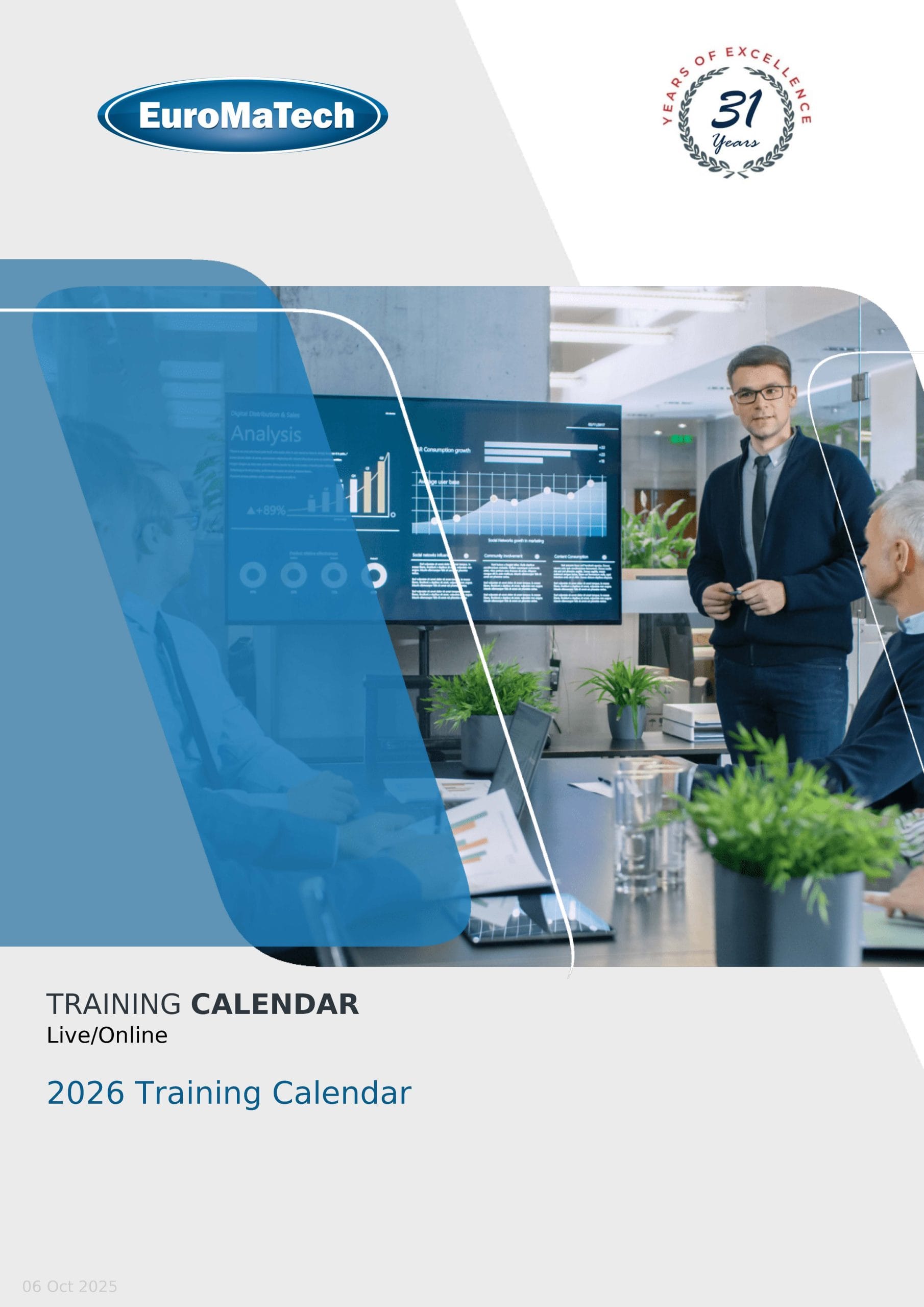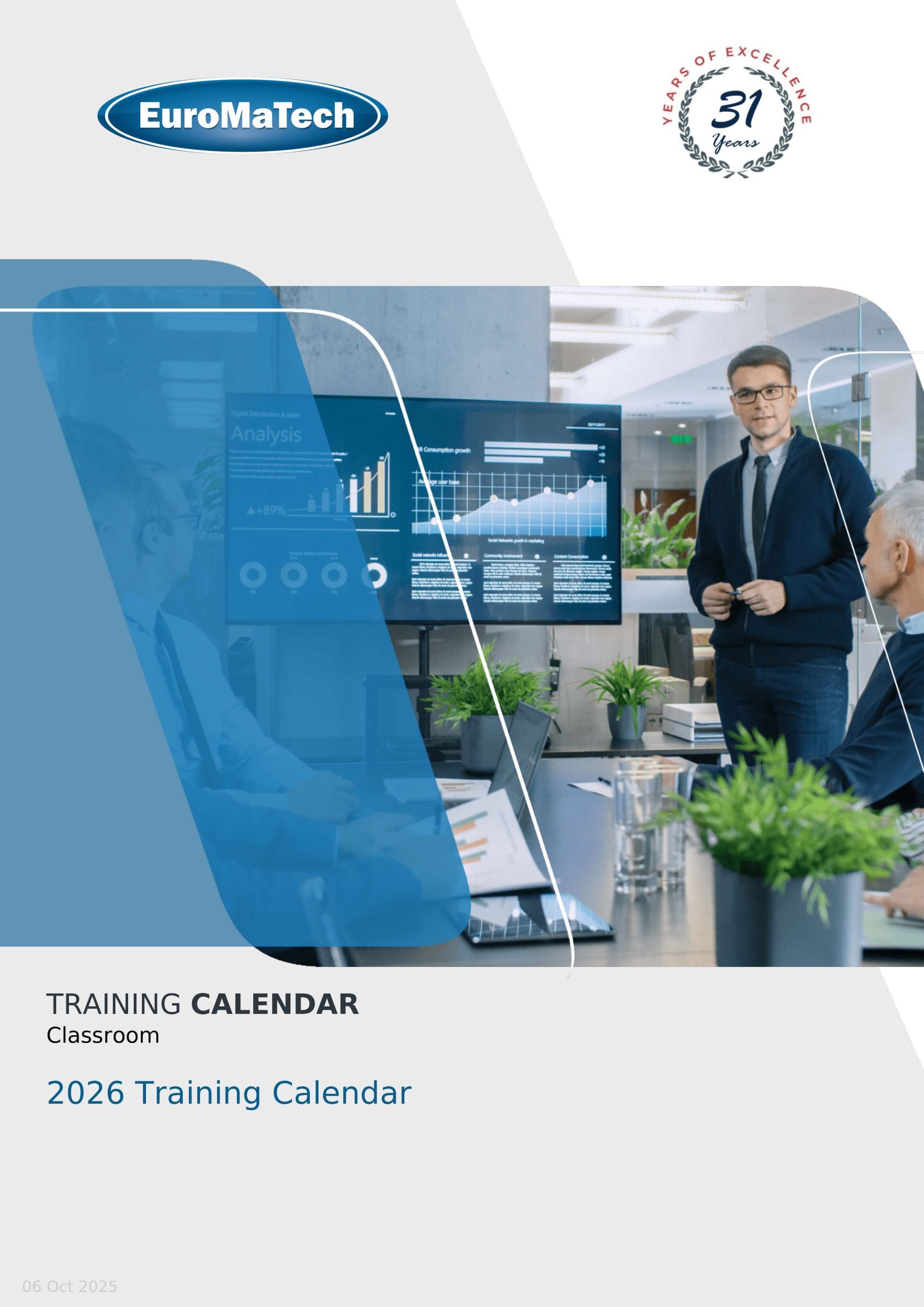Daily Planning Habits That Boost Office Efficiency
Corporate events play a critical role in modern business strategy. Whether it’s a product launch, executive retreat, stakeholder meeting, or client appreciation gala, successful corporate event planning reflects directly on an organization’s brand, culture, and effectiveness. However, planning these events often overwhelms professionals due to their complexity, unpredictability, and high expectations from senior stakeholders.
This comprehensive guide will walk you through the key aspects of how to plan corporate events without overwhelm, highlighting essential planning frameworks, stress-reducing strategies, and decision-making techniques. We will also link to relevant training resources such as the Agile Project Delivery & Management Training Course and the Strategic Planning Specialist: The Art of Strategic Management Course to further strengthen your planning capabilities.
Why Corporate Events Often Lead to Burnout
Even seasoned professionals can experience stress when managing large-scale corporate events. The reasons are multifold:
- Inadequate planning timelines
- Unrealistic expectations
- Multiple stakeholders with conflicting priorities
- Budget constraints and tight approvals
- Venue coordination, logistics, and vendor management
- Last-minute changes or surprises
Without proper structure, any of these elements can spiral into chaos.
Step 1: Start with Clear Objectives and Outcomes
Clarity of purpose is the anchor of every well-executed corporate event. Start by answering:
- Why are we holding this event?
- Who is the audience?
- What outcome are we aiming for?
Define measurable goals—whether it’s increased sales, stronger client relations, brand visibility, or team alignment. Once objectives are clear, you can filter every decision through that lens, reducing distractions and unnecessary tasks.
This alignment approach is emphasized in the Strategic Planning Specialist: The Art of Strategic Management Course, which trains professionals to translate goals into actionable strategies.
Step 2: Break the Event into Phases
Rather than trying to tackle everything at once, divide the event planning process into manageable phases:
- Pre-Planning – Stakeholder interviews, goal setting, budgeting
- Planning – Venue booking, vendor outreach, program design
- Execution – On-site management, technical setup, registration
- Post-Event – Feedback collection, reporting, lessons learned
Each phase should have deadlines, milestones, and responsible owners. This structure reduces stress and keeps everyone aligned.
If you’re managing multiple moving parts, consider training in agile planning techniques with the Agile Project Delivery & Management Training Course, which teaches adaptive planning for high-pressure environments.
Step 3: Use Event Planning Tools and Checklists
Today’s event planners have access to a range of tools that can reduce human error and improve coordination. Some of the most effective include:
- Project management platforms (e.g., Trello, Asana, Monday.com)
- Event registration tools (e.g., Eventbrite, Cvent)
- Communication apps (e.g., Slack, MS Teams)
- Shared cloud drives for collaboration and version control
Developing a master checklist for recurring events can also streamline planning over time and ensure that nothing gets overlooked.
Step 4: Define Roles and Delegate Early
Trying to manage everything yourself is a recipe for overwhelm. Define the core planning team early and delegate responsibilities:
- Logistics manager
- Marketing & communications lead
- Budget & finance controller
- Venue and vendor coordinator
- Content & programming lead
Clarify expectations, escalation paths, and timelines. Effective delegation reduces decision fatigue and improves team accountability.
Training in agile team dynamics through the Agile Project Delivery & Management Training Course equips professionals to lead cross-functional teams under deadline-driven scenarios.
Step 5: Create a Realistic Budget (and Track It)
Unexpected expenses are one of the top reasons event planners feel overwhelmed. Establish a detailed budget early with the following categories:
- Venue rental
- Catering
- Travel and accommodations
- AV equipment and technical support
- Marketing and promotional materials
- Gifts, printing, and incidentals
Use spreadsheets or budgeting software to track expenditures against allocated amounts in real time. This financial discipline helps avoid surprises and increases stakeholder confidence.
Step 6: Manage Vendors with Contracts and Clarity
Vendor coordination can be a source of stress if not handled properly. Ensure you:
- Select vendors based on reviews, references, and competitive quotes
- Use detailed contracts that specify deliverables, timelines, and penalties
- Hold kickoff meetings to align expectations
- Schedule regular status updates
- Have contingency plans in case of vendor failure
Event planners who treat vendors as partners (not just providers) tend to have smoother events and fewer last-minute crises.
Step 7: Build an Onsite Operations Plan
No matter how well you’ve planned, the day of the event requires operational agility. Create a detailed run sheet that outlines:
- Key activities and timing
- Staff assignments
- Setup and takedown timelines
- Emergency contacts
- Vendor arrival and access instructions
- Communication protocol for onsite issues
A printed copy of your event blueprint ensures that you and your team are ready for any challenge.
Step 8: Have a Contingency Plan
Planning for risk is one of the most overlooked steps in corporate event management. Ask yourself:
- What if the keynote speaker cancels?
- What if the internet fails?
- What if the venue has a power outage?
- What if attendees get delayed in transit?
Prepare solutions in advance, such as backup speakers, mobile hotspots, or flexible start times. Resilience planning reduces panic and demonstrates professionalism.
These principles are part of the risk mitigation techniques covered in the Strategic Planning Specialist: The Art of Strategic Management Course, where contingency thinking is integrated into strategic execution.
Step 9: Communicate Early and Often
Miscommunication causes confusion, duplication of work, and last-minute fire drills. Streamline communications with:
- A weekly update email for stakeholders
- A central calendar of milestones and deadlines
- Daily huddles in the final week
- One designated point-of-contact for queries
This reduces stress not only for you but also for your team, vendors, and executives.
Step 10: Conduct a Post-Event Review
Once the event is complete, take the time to:
- Gather feedback from attendees, staff, and stakeholders
- Analyze what worked and what didn’t
- Document insights and improvements for future events
This practice of reflection closes the loop and ensures continuous improvement in your planning capabilities.
Common Pitfalls to Avoid in Event Planning
Avoid these mistakes to reduce unnecessary stress and setbacks:
- Underestimating timelines for venue setup
- Booking speakers without contracts
- Overloading the agenda without breaks
- Ignoring accessibility and inclusivity
- Failing to rehearse AV and presentations in advance
- Forgetting post-event follow-up communications
Awareness of these pitfalls helps event planners proactively prevent crisis situations and focus on execution.
Scaling Your Capabilities Through Professional Training
Planning large corporate events consistently and calmly requires systems thinking, leadership, and agility. These competencies can be significantly enhanced through professional training. Two courses in particular are ideal:
- Agile Project Delivery & Management Training Course: Ideal for those managing time-sensitive, cross-functional projects with complex logistics. It helps you apply agile principles to event planning.
- Strategic Planning Specialist: The Art of Strategic Management Course: Best for professionals who want to align event goals with broader organizational strategies and execute with precision.
Final Thoughts: From Chaos to Confidence
Corporate event planning doesn’t have to be overwhelming. With the right tools, timeline, team, and training, professionals can turn complex events into seamless brand showcases.
By applying structured planning, agile leadership, and proactive communication, you not only reduce stress but also elevate the quality and impact of every event you organize. Whether you’re new to corporate events or looking to upgrade your systems, remember that success comes from strategic thinking—not last-minute scrambling.





